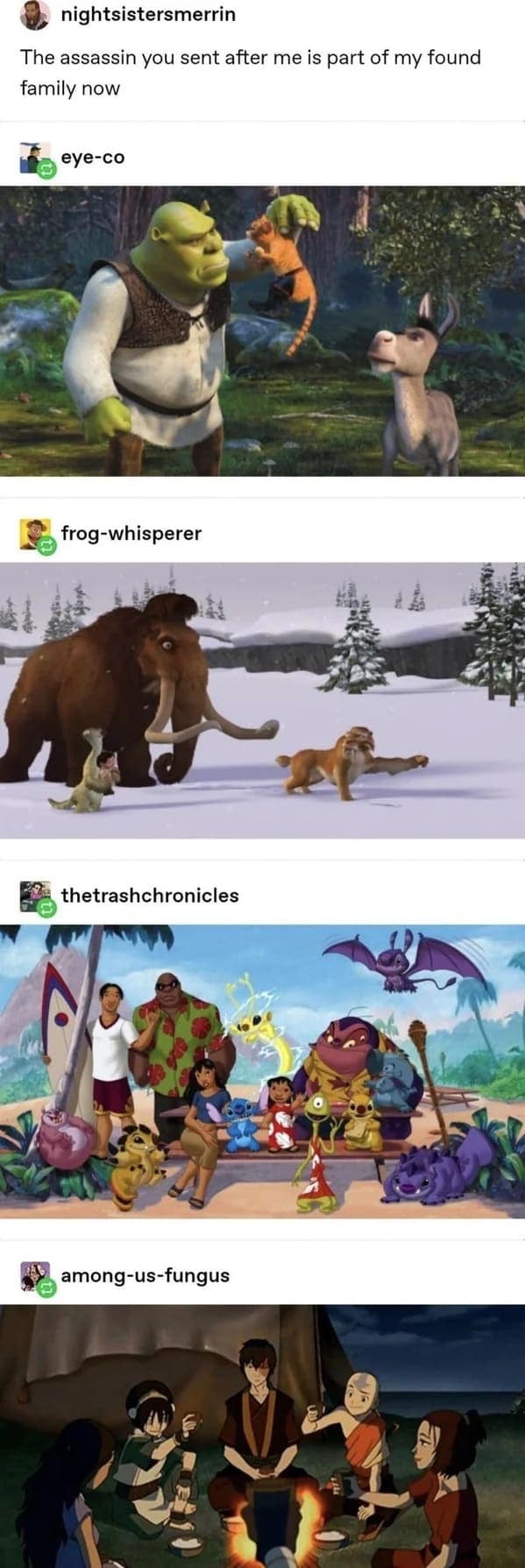Text
liam asking “do I re-roll 1s on initiative? no, right?” and sam shouting “no!” and liam shouting back “you don’t decide! you shut your fucking mouth!” and them and robbie becoming the meme format 🤣

1K notes
·
View notes
Photo








i’m a damsel, i’m in distress, i can handle it. have a nice day
for dearest @asteriea <3
5K notes
·
View notes
Text
matt placing a fucking t-rex on the battlefield and everyone being so excited,,, and travis, robbie, and ashley doing t-rex hands 😂

462 notes
·
View notes
Text

found this in a thrift store and was legally and spiritually obligated to bring it home with me, I have no regrets
536 notes
·
View notes
Text
a really little animated black cat with giant eyes and no other discernible features
298K notes
·
View notes
Text
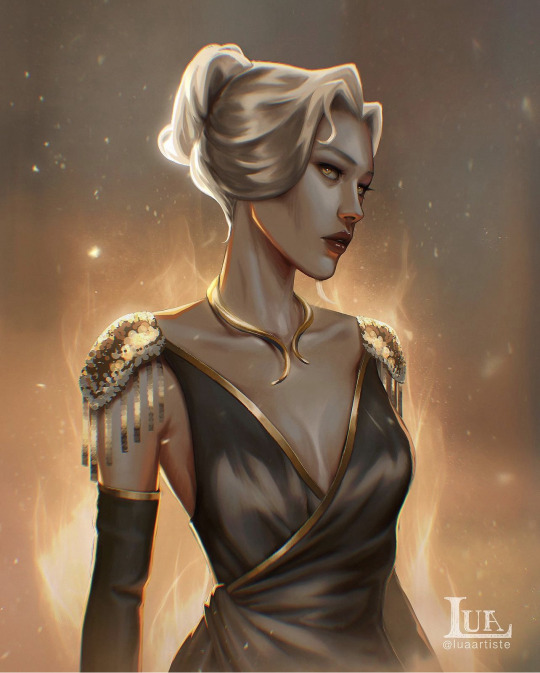
Lidia Cervos, The Hind
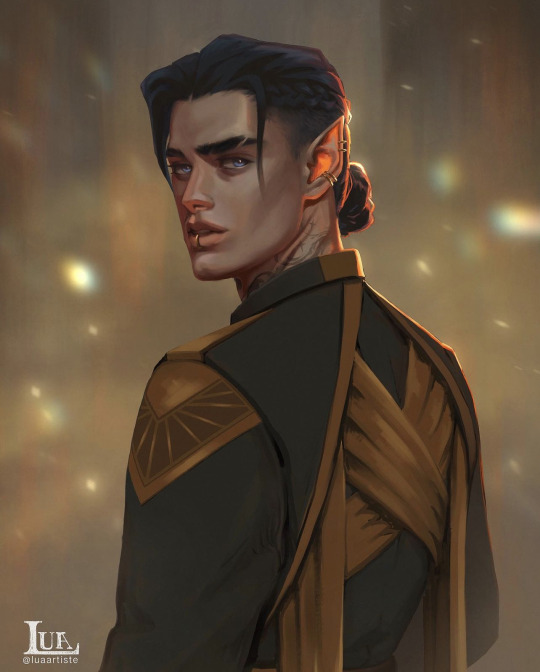
Ruhn Danaan, Crown Prince of the Valbaran Fae
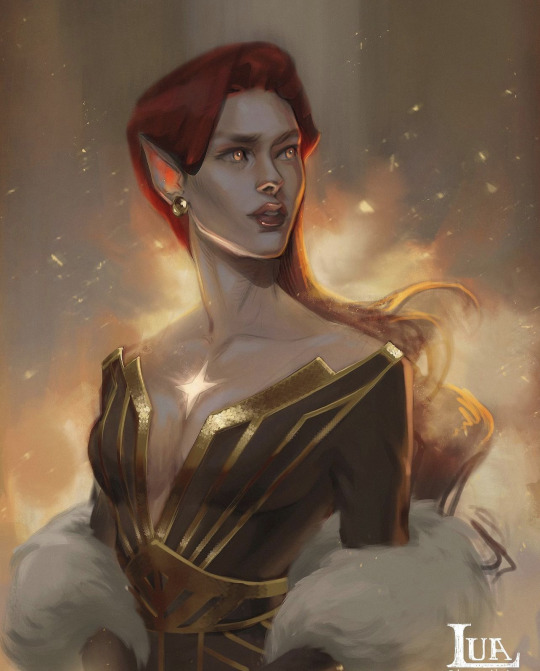
Bryce Adelaide Quinlan, Heir to the Starborn Fae
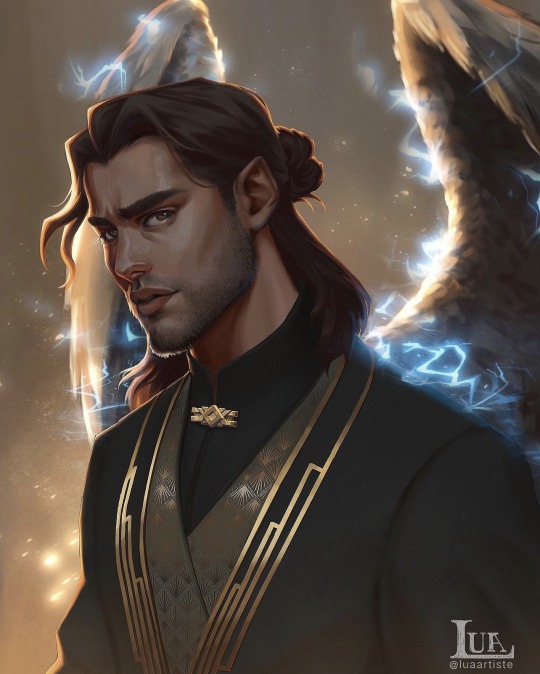
Hunt Athalar, The Umbra Mortis
Crescent City - Art by Lua / luaartiste
2K notes
·
View notes
Text
I should have been asleep four hours ago, but I ate a piece of cake at eleven pm and it's keeping me awake. Let me ✨️enrich✨️ you with utterly dumb memes I made.

12 notes
·
View notes
